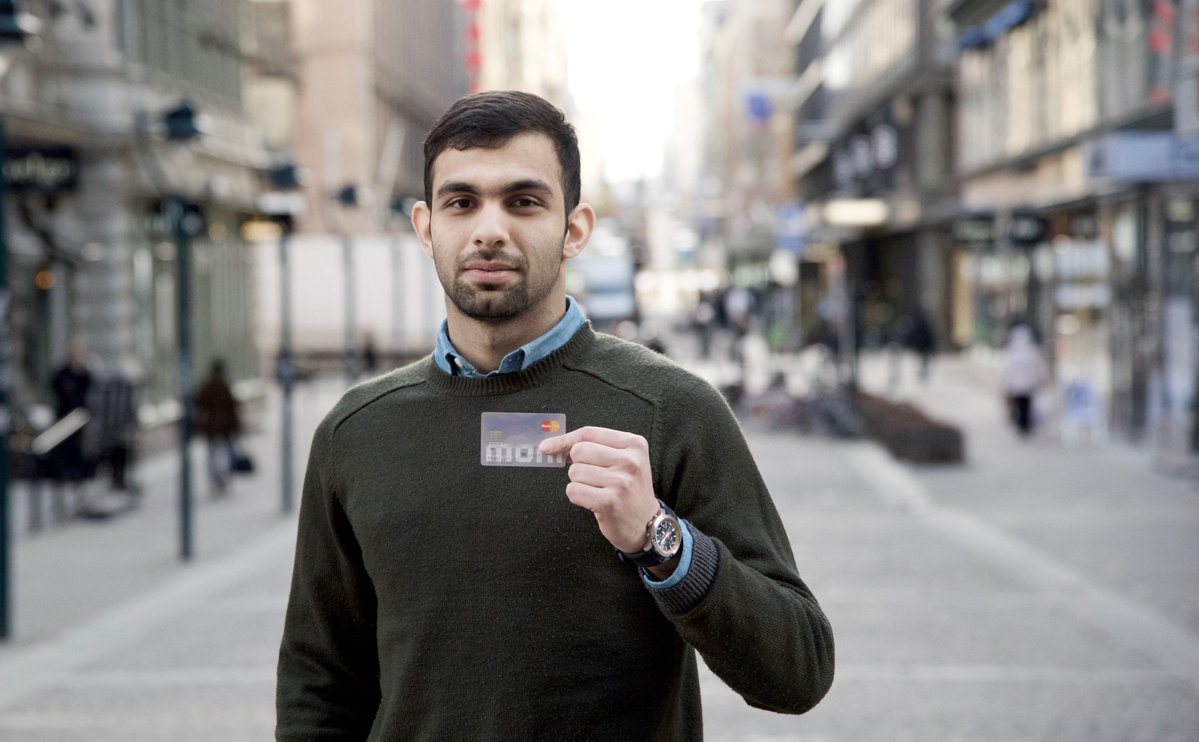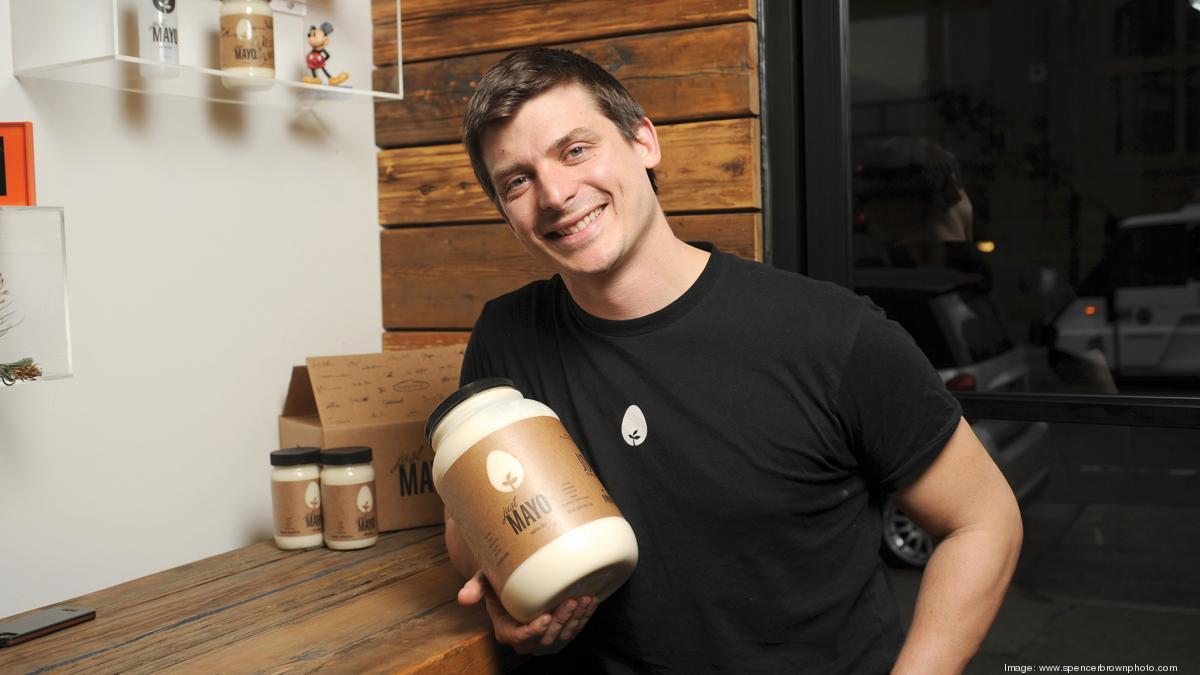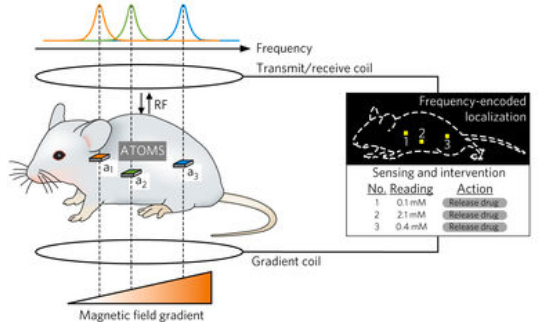In this week's Abundance Insider: Robot dentists implanting 3D printed teeth, blockchain "bank" cards, and AI that generates 3D faces from 2D photos.
Cheers,
Peter, Marissa, Kelley, Greg, Sydney, AJ, Bri and Jason
P.S. Send any tips to our team by clicking hereto this link to subscribe, and send your friends and family to Abundance Insider.

What it is: For the first time, a robot has successfully implanted two 3D-printed teeth into a live patient. The procedure was only assisted in its initial step: a human initially oriented the machine to the patient and programmed the correct measurements and movements. It is estimated that around 400 million Chinese are in need of dental implants, yet just 1 million operations are done each year. For those that seek cheaper alternatives, additional complications are commonplace. In addition to meeting this unmet need, robotics should also dramatically reduce error rates and complications.
Why it's important: As with other professional services like law and medicine, many people simply do not have access to dental services due to the cost of inadequate supply. Robotics and AI fill this need, recursively providing a source of funding that drives experimentation and innovation into robotics. Look for rapid adoption in China in the near term, and for those developments to filter into markets globally. Share on Facebook
Spotted by Dan Swift / Written by Jason Goodwin

What it is: Working with the Telxius infrastructure company, Microsoft and Facebook recently completed installation of Marea (Spanish for "tide"), a 4,000-mile subsea cable across the Atlantic Ocean. The cable rests 17,000 feet beneath the ocean's surface, and has the ability to transmit 160 terabytes of data per second -- equivalent to, as The Verge points out, streaming 71 million HD videos simultaneously.
Why it's important: As our bandwidth consumption increases across the world, we'll need to upgrade our infrastructure in a way that anticipates future technological growth and user demands. Microsoft President Brad Smith says of the project, "Submarine cables in the Atlantic already carry 55 percent more data than trans-Pacific routes and 40 percent more data than between the US and Latin America. There is no question that the demand for data flows across the Atlantic will continue to increase." Share on Facebook
Spotted by Marissa Brassfield / Written by Marissa Brassfield

What it is: Image reconstruction has been a challenging problem in computer vision, but University of Nottingham researchers Aaron Jackson and Adrian Bulat have devised a method of creating a 3D reconstruction of face from a single 2D image. Using a type of deep learning called a Convolutional Neural Network (CNN), the system can map 3D coordinates from 2D pixels across arbitrary facial expressions, different lighting conditions, and even fill in non-visible parts of the face.
Why it's important: 3D facial models will undoubtedly have applications in areas such as social VR, video game avatars, and even 3D printing. What else can we create or enable when facial and 3D image reconstruction become radically faster, cheaper and more accurate? Share on Facebook
Spotted by Marconi Pereira / Written by Jason Goodwin

What it is: Partnering with the Finnish government, startup MONI is helping refugees access funds, receive paychecks and restore their identities. By providing prepaid debit cards tied to the blockchain, MONI is enabling a variety of financial transactions — even loaning money to friends — without requiring a bank.
Why it's important: Almost 2 billion people remain "unbanked," which is an often-overlooked contributor to poverty. Look for other applications of blockchain to emerge as a cheap, efficient mechanism to help those in need, and for large financial institutions to follow suit in more developed markets. Share on Facebook
Spotted by Aryadeep S. Acharya / Written by Jason Goodwin

What it is: Unanimous AI founder Dr. Louis Rosenberg recently gave a TEDxKC talk in which he posed a compelling question: Is there hope for humans in an AI world? His talk, which showcased the same UNU swarm intelligence system that used humans to correctly predict the Kentucky Derby superfecta and the outcome of the MLB playoffs, spotlighted how humans can amplify their intelligence with advanced algorithms. Dr. Rosenberg posits that the "hive mind" his technology enables can help us retain our humanity while also leveraging the potential of AI and machine learning.
Why it's important: Further evidence that human-technology teamwork can help entrepreneurs and big thinkers work more effectively and address global challenges. "By swarming," says Dr. Rosenberg, "groups average about 130 percent amplification in intelligence over the individuals who comprise it. By thinking together using Swarm AI, we might be able to finally solve the hardest problems we face -- poverty, inequality, sustainability." Share on Facebook
Spotted by Marissa Brassfield / Written by Marissa Brassfield

What it is: HeroX recently announced the GoFly Prize, sponsored by Boeing — a $2 million challenge to create a personal flying machine that is useful, safe and thrilling. The goal is to foster the development of a safe, quiet, ultra-compact, near-VTOL personal flying device capable of flying 20 miles while carrying a single person.
Why it's important: Each week, we feature examples of converging exponential technologies that are helping us go from science fiction to science fact. Boeing's sponsorship of this unique incentive competition reflects how its leadership is thinking about the future of transportation — especially considering its simultaneous exploration of pilotless planes and Mars travel. Share on Facebook
Spotted by Marissa Brassfield / Written by Marissa Brassfield
What is Abundance Insider?
This email is a briefing of the week's most compelling, abundance-enabling tech developments, curated by Marissa Brassfield in preparation for Abundance 360. Read more about A360 below.
Want more conversations like this?
At Abundance 360, Peter's 250-person executive mastermind, we teach the metatrends, implications and unfair advantages for entrepreneurs enabled by breakthroughs like those featured above. We're looking for CEOs and entrepreneurs who want to change the world. The program is highly selective. If you'd like to be considered, apply here.
Know someone who would benefit from getting Abundance Insider? Send them to this link to sign up.









 What it is:
What it is: 


